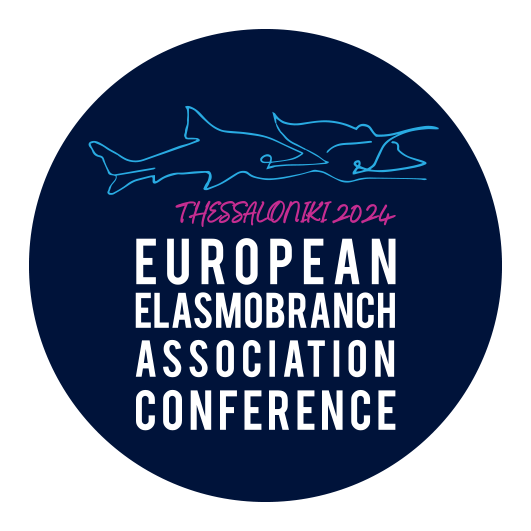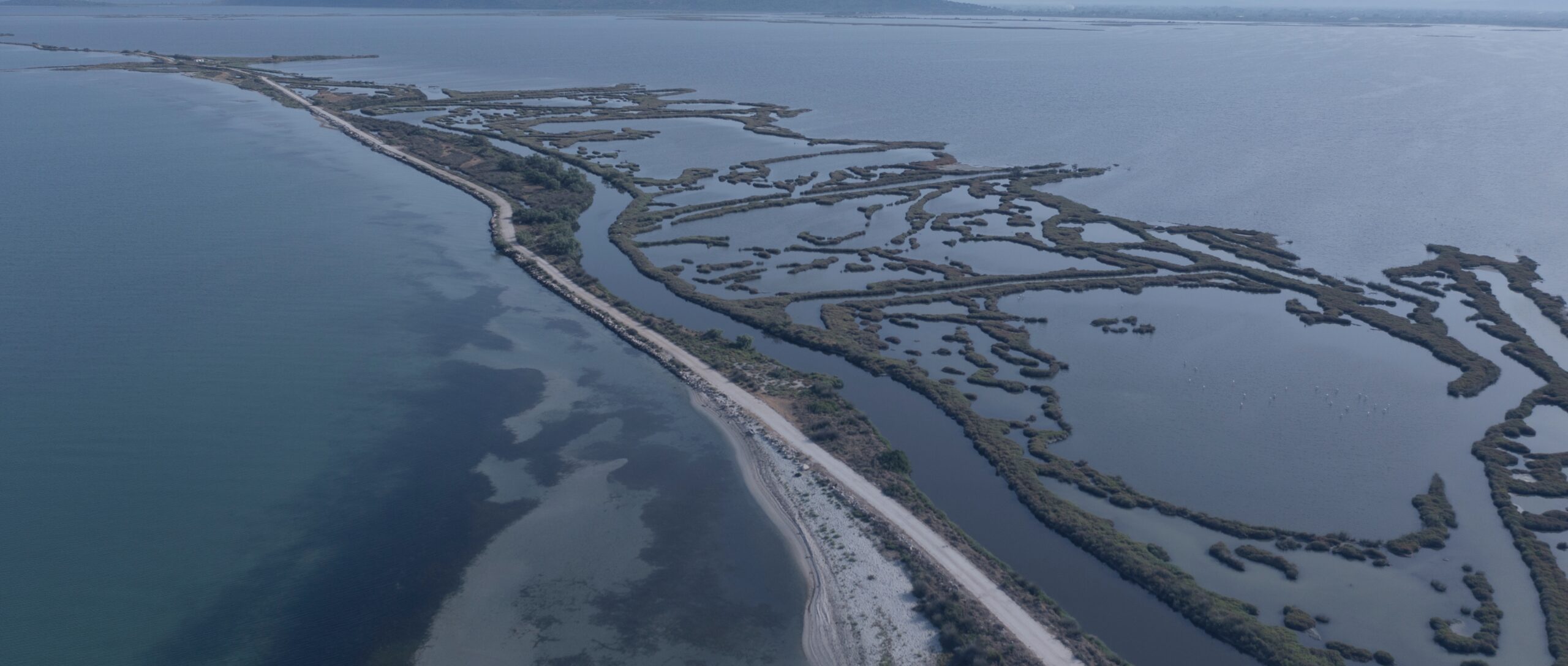
The Amvrakikos Gulf, located in the Ionian Sea in northwestern Greece, is one of the most ecologically significant and geographically unique areas in the Mediterranean. This large semi-enclosed bay spans an impressive 405 square kilometres. It is connected to the open waters of the Ionian Sea through the Preveza Channel. This narrow and shallow passage stretches 3 kilometres long and narrows to just 370 meters at its most constricted point. The Gulf's connection to the sea is relatively limited, contributing to its distinct hydrological and ecological characteristics.
With an average depth of 30 meters and a maximum depth of 60 meters, the Amvrakikos Gulf is a dynamic marine environment supporting diverse habitats and species. The Gulf is fed by two major rivers, the Aracthos and the Louros, which play a crucial role in shaping its landscape. As these rivers flow into the Gulf, they deposit sediments that form expansive delta complexes. These deltas are among Greece's most biologically productive ecosystems, featuring a mosaic of freshwater marshes, wet meadows, seasonal floodplains, lagoons, barrier spits, and one of the country's most significant salt marshes. The area is also home to the largest reedbeds in Greece and some of the most extensive remaining tracts of riparian forest, which provide critical habitat for numerous plant and animal species.
The Amvrakikos Gulf is a haven for biodiversity and the largest wetland in Greece. Its unique combination of marine and freshwater ecosystems makes it a vital site for migratory birds, fish spawning, and other ecological processes. The Gulf's wetlands act as natural filters, improving water quality and supporting fisheries essential to local communities. Additionally, the area is recognised for its cultural and historical significance, with human settlements and activities dating back thousands of years.
Despite its ecological importance, the Amvrakikos Gulf faces challenges such as pollution, overfishing, and habitat degradation, highlighting the need for sustainable management and conservation efforts. Its unique blend of natural beauty, ecological value, and cultural heritage makes the Amvrakikos Gulf a treasure of Greece and a critical area for environmental protection in the Mediterranean region.
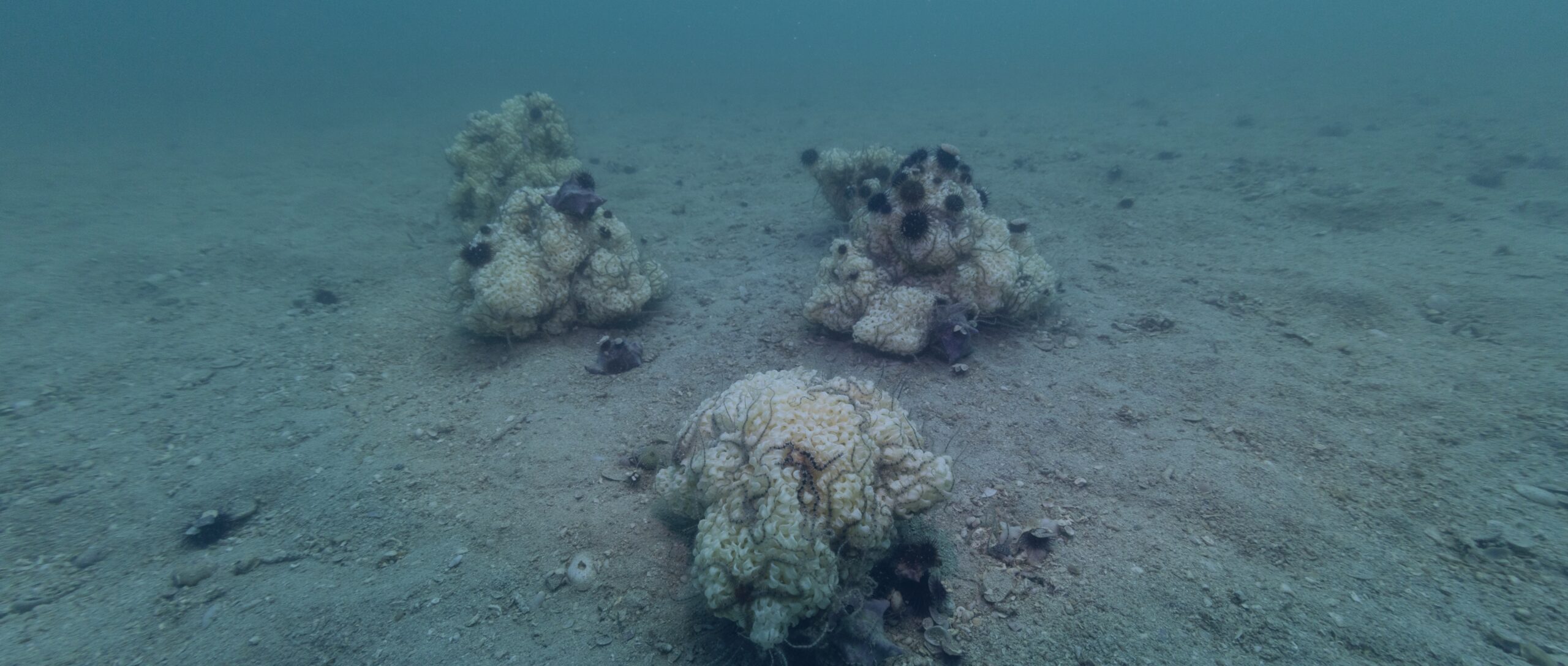
The Gulf has been designated as a National Park of Greece, while it includes two Natura 2000 sites (GR2110001 – an SCI site, GR2110004 - an SPA site) and the northern part is designated as a Ramsar site. Additionally, the Gulf has been recognized as an Important Marine Mammal Area (IMMA) and an Important Bird Area (IBA).
It is strongly impacted by the high rate of river influx and evaporation, causing strong stratification of the water column throughout the year due to significant fluctuation in the water column's salinity and temperature. This semi-enclosed bay, which is connected to the Ionian Sea by a single narrow channel, experiences spatial and temporal variations in dissolved oxygen levels, with the western part of the gulf being seasonally hypoxic and the eastern part seasonally anoxic. Additionally, the Gulf has a high level of nutrient pollution due to the discharge of fertilizers from local agriculture and the effects of fish farming. These conditions have a negative impact on the ecology of species in the area and, combined with illegal fishing by small trawlers (reported by local fishers), constitute the primary threats to marine biodiversity in the Amvrakikos Gulf.
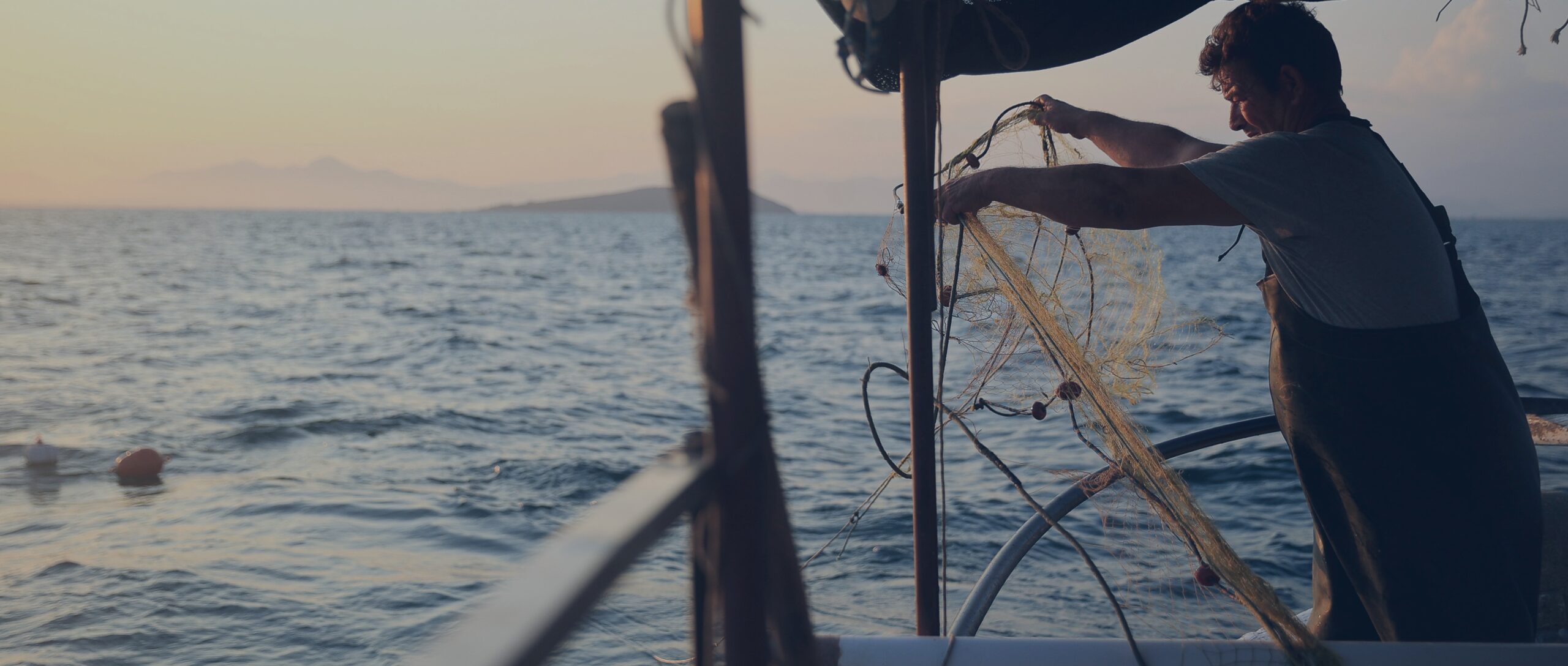
The Amvrakikos Gulf is one of the best conserved ecosystems in Greece with significant ecological value on both national and international level. It is thus included in the Ramsar Convention of Wetlands of International Importance (23,700 ha; 3GR009), the Barcelona Convention and has been identified as an Important Bird Area (GR081; 26,275 ha).
The great variety of habitats occurring within its waters are formed by the deltas of rivers Louros and Arachthos which flow into the north part of the Gulf, forming 20 large and small lagoons (7,000 ha), sand bars, salt marshes, reedbeds, wet meadows, mudflats, and riverine zones with remnants of riparian forest and hills between and among the lagoons. Its reedbeds and salt marshes, as well as complex of lagoon systems comprise the most extensive in the country. The lagoons (the largest and most important being Tsoukalio, Logarou and Rodia) are characterized by high biological productivity and function as natural fish farms both for fish and crustaceans, providing food for many bird species and other organisms.
The area supports a rich biodiversity including marine megafauna species. The Amvrakikos Gulf, where the bottlenose dolphin (Tursiops truncatus) is the only cetacean species present, hosts a population of about 150 dolphins; one of the highest densities in the Mediterranean for this species. At the same time the Gulf is an important foraging ground for loggerhead sea turtles (Caretta caretta) linking at least four breeding populations in the Mediterranean. The Amvrakikos Gulf is used as a foraging area year-round by both adult and immature individual turtles, and more recently the presence of green turtles was confirmed. The Amvrakikos Gulf also hosts 290 different species of birds, 75 of which are considered threatened in the IUCN Red List of Threatened Species (Management body of Amvrakikos Gulf). While more recently important populations of 9 batoid (Aetomylaeus bovinus, Bathytoshia lata, Dasyatis pastinaca, Dasyatis tortonesei, Dasyatis marmorata, Gymnura altavela, Myliobatis aquila, Torpedo marmorata, Torpedo torpedo) and 1 shark species (Mustelus mustelus) that reproduce in the gulf have been reported, with 4 species listed as Threatened of which 2 are Critically Endangered in the Mediterranean, IUCN Red List of Threatened Species.
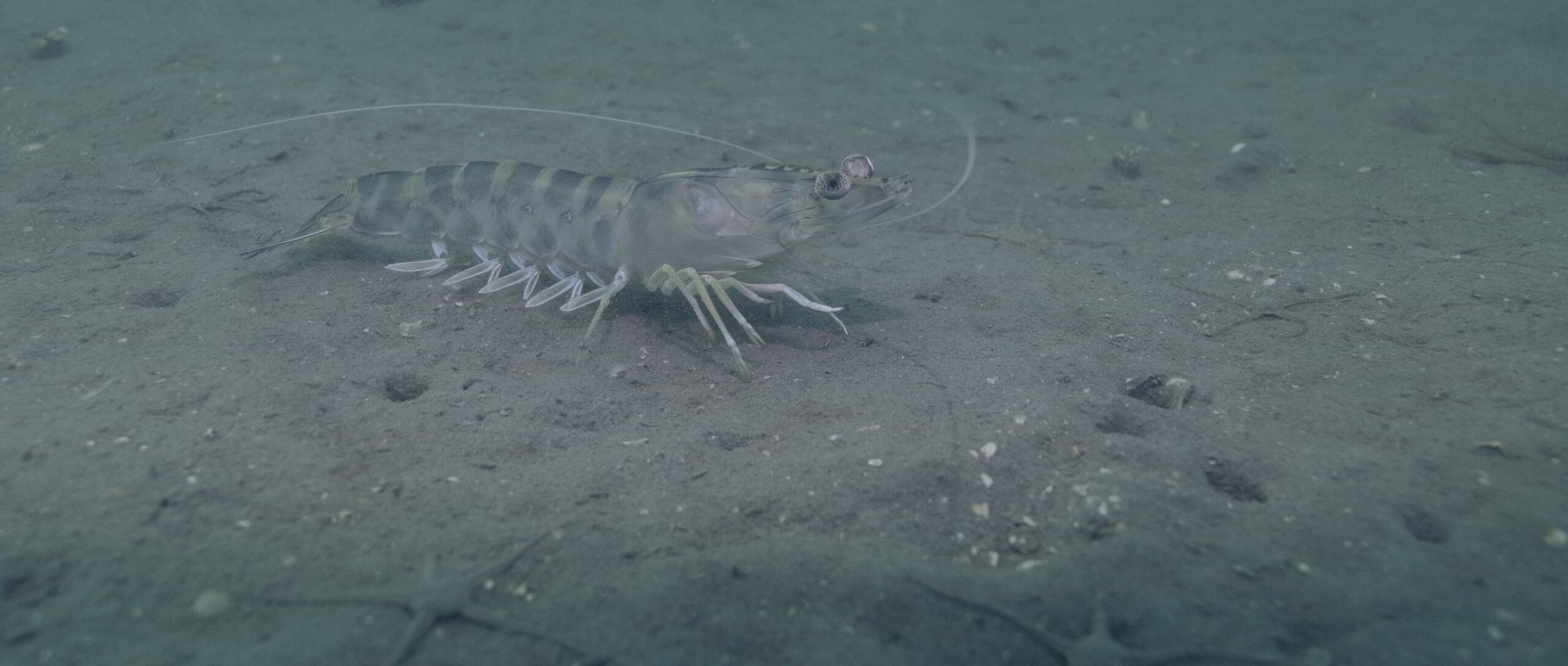
Projects we implement in the Amvrakikos Wetlands National Park:
You don’t need to be a scientist to make a real difference. By joining our project, you’ll take an active role in hands-on conservation work. Whether assisting in field research, helping with public awareness campaigns, or supporting efforts to engage with local fishing communities, your contribution will directly impact the preservation of these remarkable species and their habitat.
